One of the most popular science fiction concepts today is the multiverse. The idea that there is another world beyond ours, more or less different from it, attracts people to the possibility of seeing something there that is not in ours, but that they would really like to find in reality.
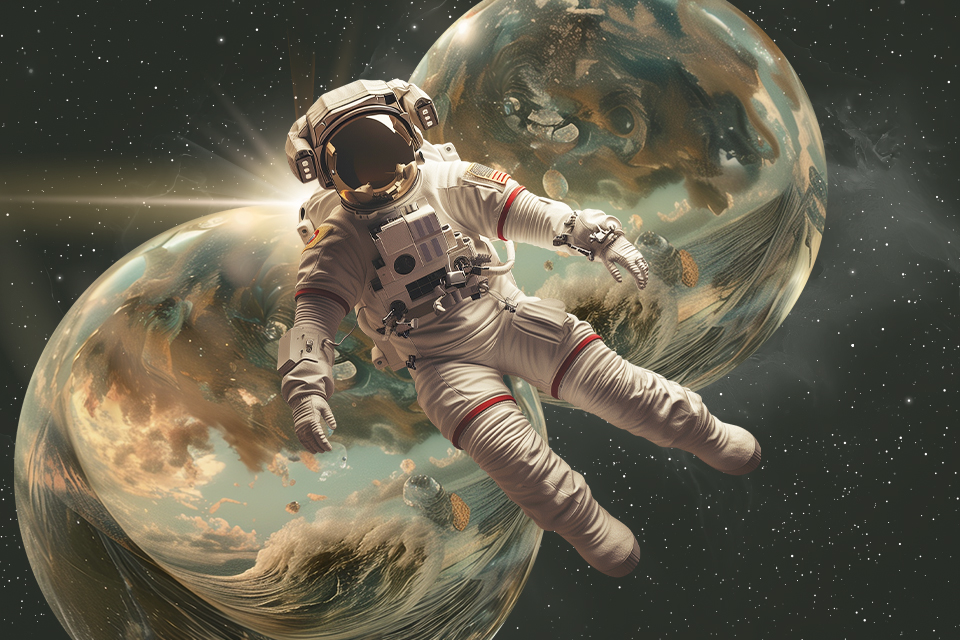
Our editorial office recently received a complex question on this topic from one of our readers.
Do you think our Universe is the only one, or do you believe in a multiverse? And aren’t black holes transitions? Because in my opinion, nothing and no one can be infinitely large or infinitely small. We know that our Universe is not infinite, and the Great Nothing can’t exist because there are no witnesses. In some ways, I believe a little bit in the theory of biocentrism. It’s like Schrodinger’s cat — neither alive nor dead until we look.
Ruslan Anikanov
1. What does the multiverse theory suggest?
Multiverse theory is usually referred to as a whole group of scientific assumptions that are united by the idea that beyond our Universe lie others that are different from it in some way. It is usually stated along with this that there must be infinitely many such parallel Universes. The statement that follows from this is that everything we can imagine exists somewhere in a parallel Universe.
Usually the parallel Universe is presented to people as some planet which is very similar to our Earth, where something important for them personally or for mankind as a whole happens in a different way than it does for us. For scientists, however, the concept is much broader. Scientific theories suggest the existence of Universes where not only humanity themselves, but also the Earth and the Solar System do not exist.
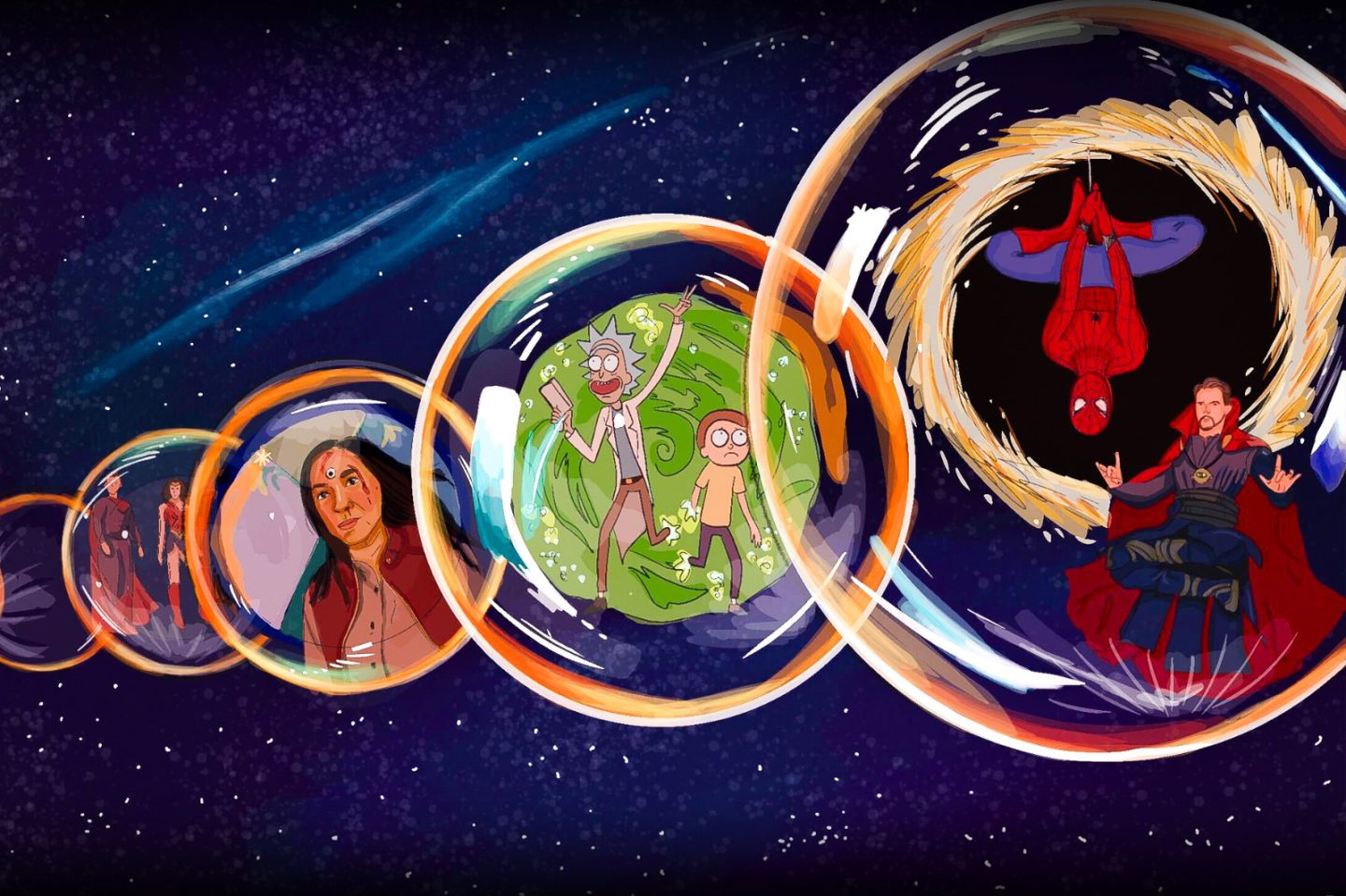
And if we take the simple principle of “change one thing that is insignificant enough” and apply it to the scale of our own Universe with its hundreds of millions of galaxies, it turns out that in the multiverse there should be incomparably more regions of space and time (in which the entire Milky Way galaxy never existed) very similar to it than those options where it exists in at least a little familiar to us.
Moreover, when scientists talk about other Universes, they primarily mean such realities where there is a distinctive set of basic physical constants, such as the speed of light, Planck’s constant, Hubble’s constant, and others. This implies completely different physical laws. So, it is quite possible that in parallel worlds neither stars as we are accustomed to, nor atoms of matter exist.
2. What is the many-worlds interpretation of quantum mechanics?
The most famous theory that deals with the multiverse is the many-worlds interpretation of quantum mechanics. It is based on the wave function, a mathematical description of the state of matter on such small scales that there, it behaves simultaneously as both a wave and a particle. In this case, it is in a superposition state, i.e. it can potentially have all possible states.
However, at the moment of interaction with an external observer, only one of them is realized. It can be understood in different ways, but in modern physics the Copenhagen interpretation of Niels Bohr and Werner Heisenberg is generally accepted. According to it, the only variant of quantum interaction that becomes reality is chosen completely randomly.
However, other options are possible as to what should be happening at that point. American physicist Hugh Everett suggested that in reality at the moment of interaction all possible states of a quantum object are realized simultaneously, only in different Universes. This assumption developed further into the theory that gained the scientist’s name.

In fact, it is the origin of all modern popular beliefs that at some important moment, for example, when some politician is elected president, everything could be wrong, and at the same time a parallel world appears in which everything is completely different. In Everett’s theory, the world is a tree, continuously branching out every second, giving rise to more and more new realities. It’s a shame that no one has ever seen any of them with their own eyes.
3. What does M-theory say about the multiverse?
Another scientific assumption that has a multiverse is the M-theory, or membrane theory. It was born out of string theory, which in turn was an attempt to make sense of the chaos of the quantum world. At some point, scientists in their constructions came to understand our entire Universe as an 11-dimensional membrane, and one of these dimensions is time itself.
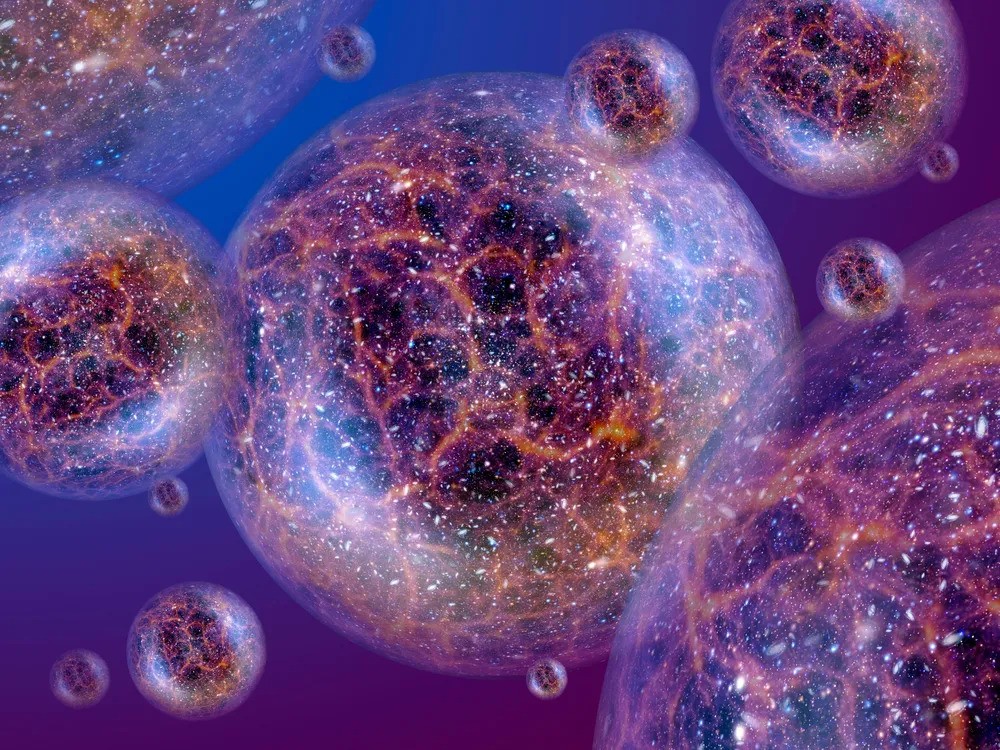
Then one of them suggested that this pulsating membrane-universe must be floating in something, and there it is not alone. Since then, this picture, despite the fact that it has not been confirmed by anything at all, has been firmly planted in the imagination of many people who are close to science in one way or another.
4. How big can the Universe be?
Of course, the possibility of many Universes being part of a multiverse raises legitimate questions about how close together they are there, how long ago it all existed and fit.
It is important to realize that the categories of space and time exist exclusively within our Universe. Outside of it, they somehow lose their meaning. Science can say nothing about how our Universe is seen by an outside observer. Even if separate Universes exist, then what they are in may not have the dimensions we are accustomed to at all. It may well be that something that lies in between does not have at least something we can perceive as space and time at all.
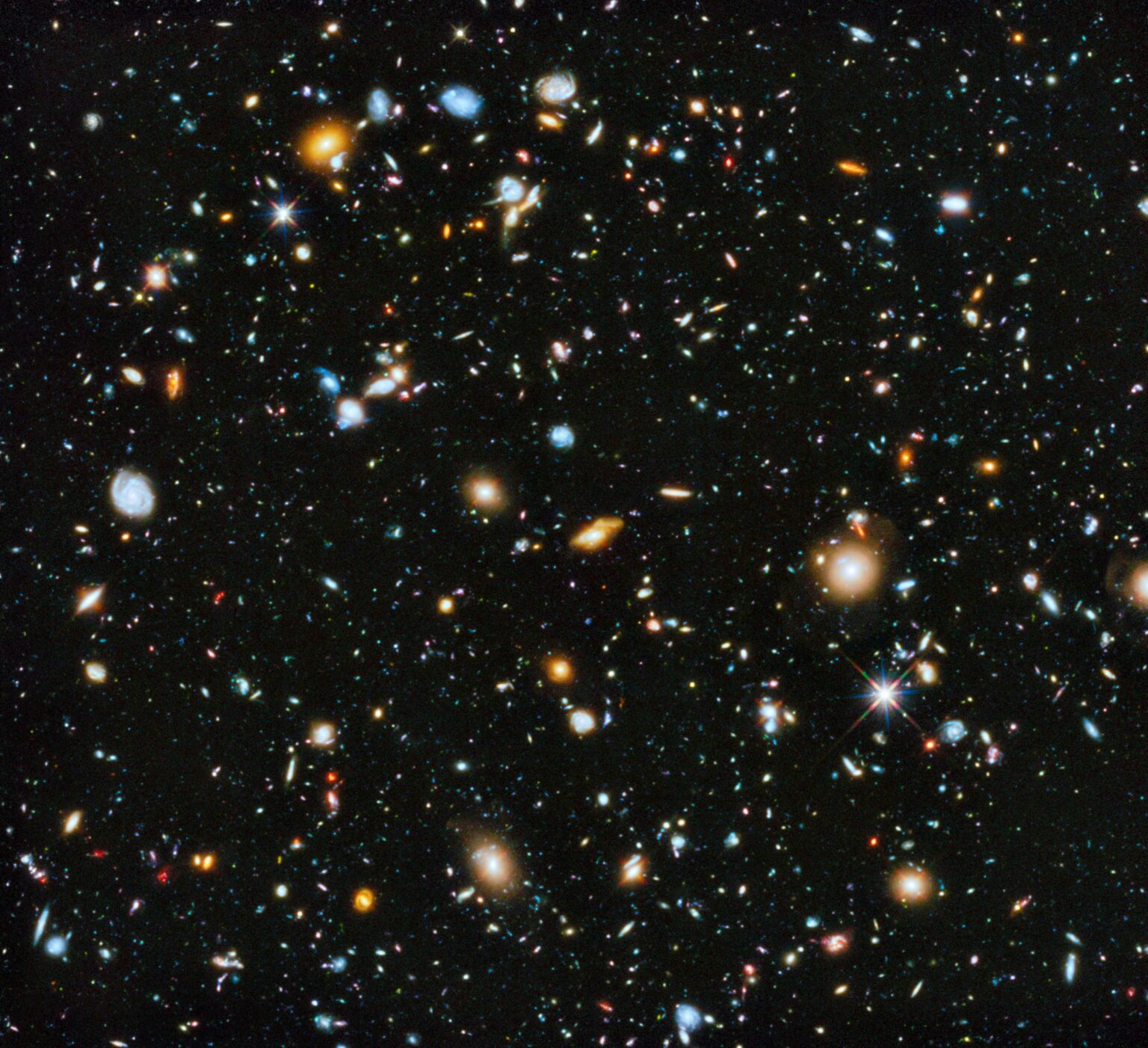
Our Universe has a beginning and dimensions that, although incredibly large, are finite. However, this only matters as long as we look at it from the inside. This is why there is a theory that our entire Universe from the point of view of an outside observer may be a tiny particle, existing for only a few moments.
5. Are black holes a door to another Universe?
Black holes are objects with densities so high that gravity creates a region of space that no object, including a photon, can leave. It is called the event horizon, and everything within it is in a state of physical singularity. This means that the parameters of space and time in it acquire such values that if they were substituted into the equations of the theory of relativity, it would lose its meaning.
Therefore, we cannot theoretically predict what happens inside a black hole. We cannot detect it experimentally either, because no physical object would simply survive approaching it.
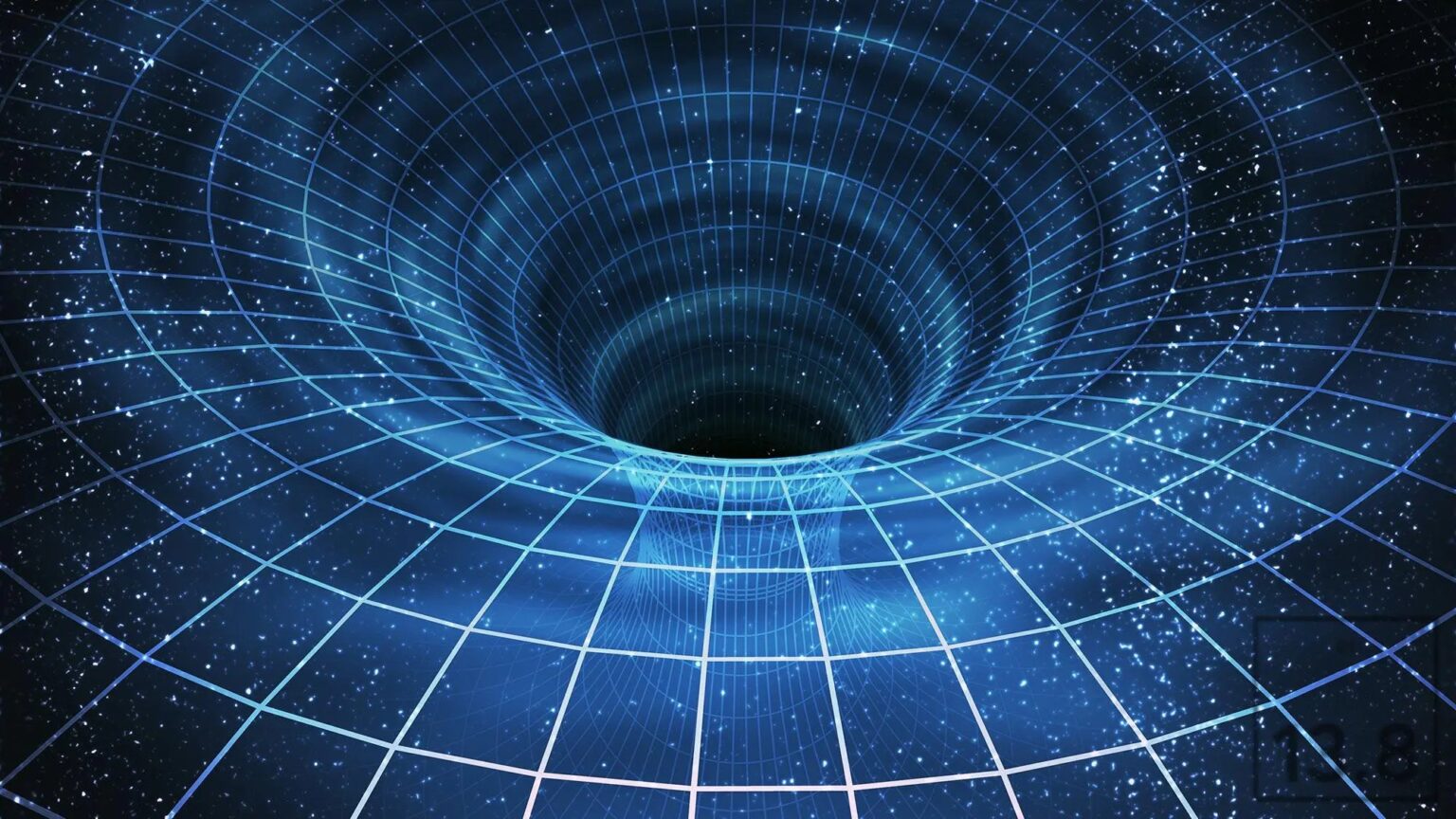
That is why it is possible to come up with theories that say that it is possible to travel through time or to other Universes through black holes indefinitely. There is no theoretical basis for any of them anyway, nor any way to experimentally verify them.
6. What is biocentrism?
Biocentrism is a concept that declares that the Universe with its law, time and space and physical laws is only a manifestation of biological life that generates its picture by its perception. Which means that the basis of all scientific theories about it is biology.
The source of biocentrism is one rather famous problem called the anthropic principle. It consists in the fact that the set of fundamental constants of our Universe, which theoretically could be anything, is in fact extremely favorable for the existence of intelligent life in the form of humans. From the point of view of many, such a coincidence cannot be an accident.
Actually, biocentrism has a weakness in the form of the fact that even people are biologically different from each other. And from the internal biological differences arises the dissimilarity of their perception of the world. It is impossible to explain to a person blind from birth all the peculiarities of optical effects occurring at sunrise or sunset.

Biocentrism is rapidly turning into what it essentially is — solipsism. An extremely old doctrine that claims that the Universe around us is the creation of our own minds. Unfortunately, this concept is incompatible with the scientific method, which assumes that every statement can be tested by experimentation, the result of which does not depend on whether one believes it or not.
By the way, it is the theory of the multiverse that allows us to solve the problem of the anthropic principle quite elegantly. After all, if there is an infinite variety of realities, each of which has its own set of physical constants, then among them there must necessarily be one in which the appearance of the human mind in one form or another cannot be avoided.
And it makes sense that we live in it. That is, the world is not like that, because our mind exists, but our mind arose as it is, because physical constants allow it to exist in it and even be successful.
7. Why is the multiverse theory unscientific?
All the above theories have something in common. All of them cannot be tested experimentally in one way or another. There is not a single piece of evidence that they cannot be correct. However, it is also impossible to confirm this. Even worse, we cannot conceive of any such experiment, one possible result of which would indicate that the multiverse does not actually exist.
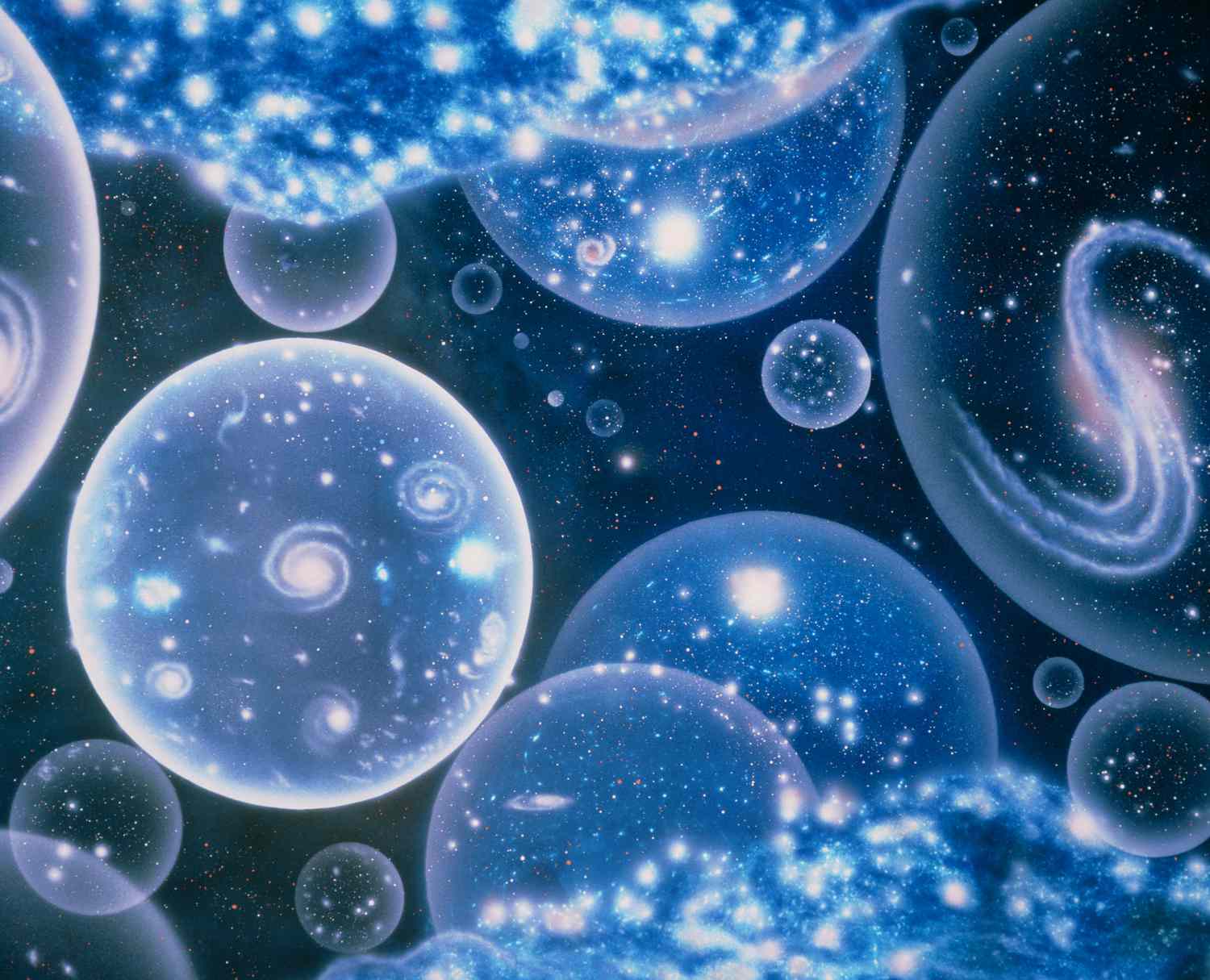
And this goes against one of the basic rules of how science works — the principle of falsifiability. If the statement is constructed in such a way that no matter what we do, the option when it turns out to be wrong will definitely never come, then no scientist will seriously consider it, regardless of what his feelings suggest.
Whatever exists outside our Universe, we can neither theorize it nor verify it with observations. Because it does not interact in any way with the space, time, matter and energy available to us.
The multiverse theory is unscientific. That’s the main thing science has to say about it.


